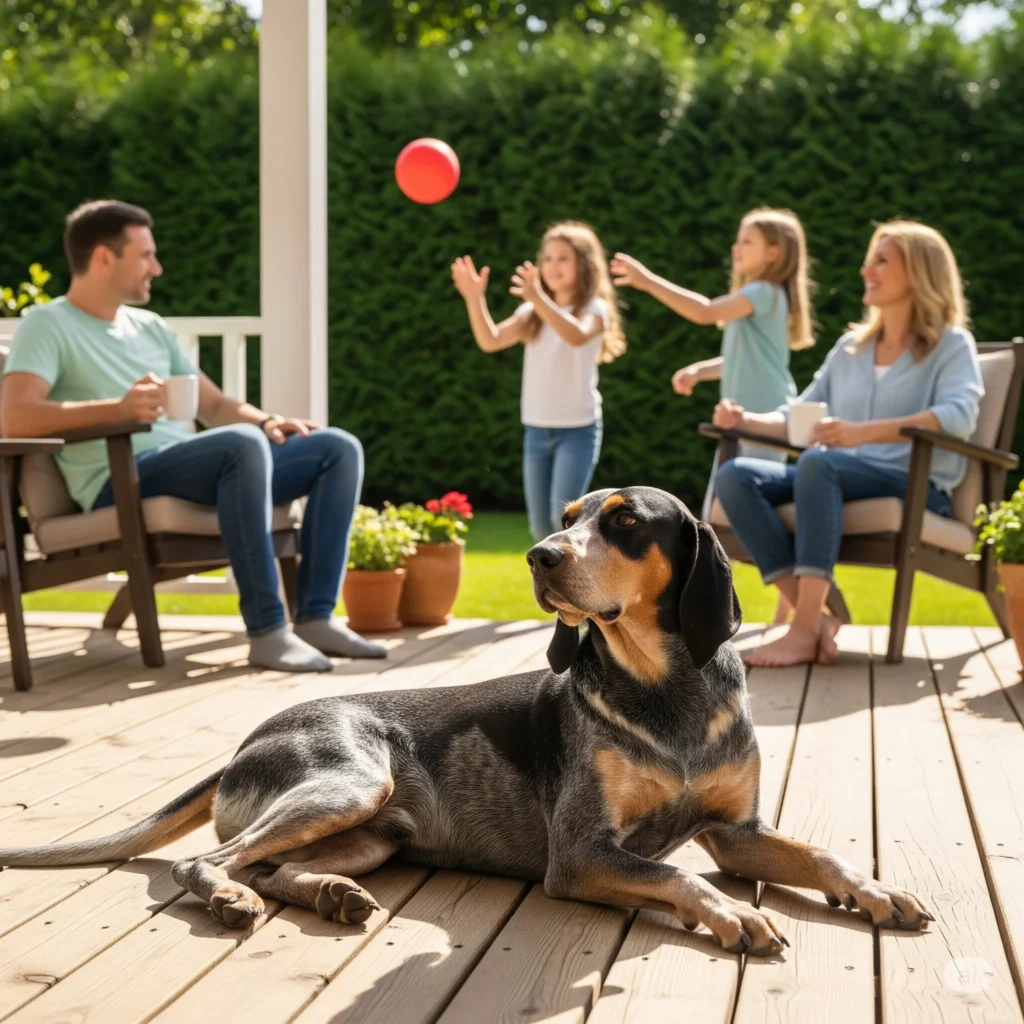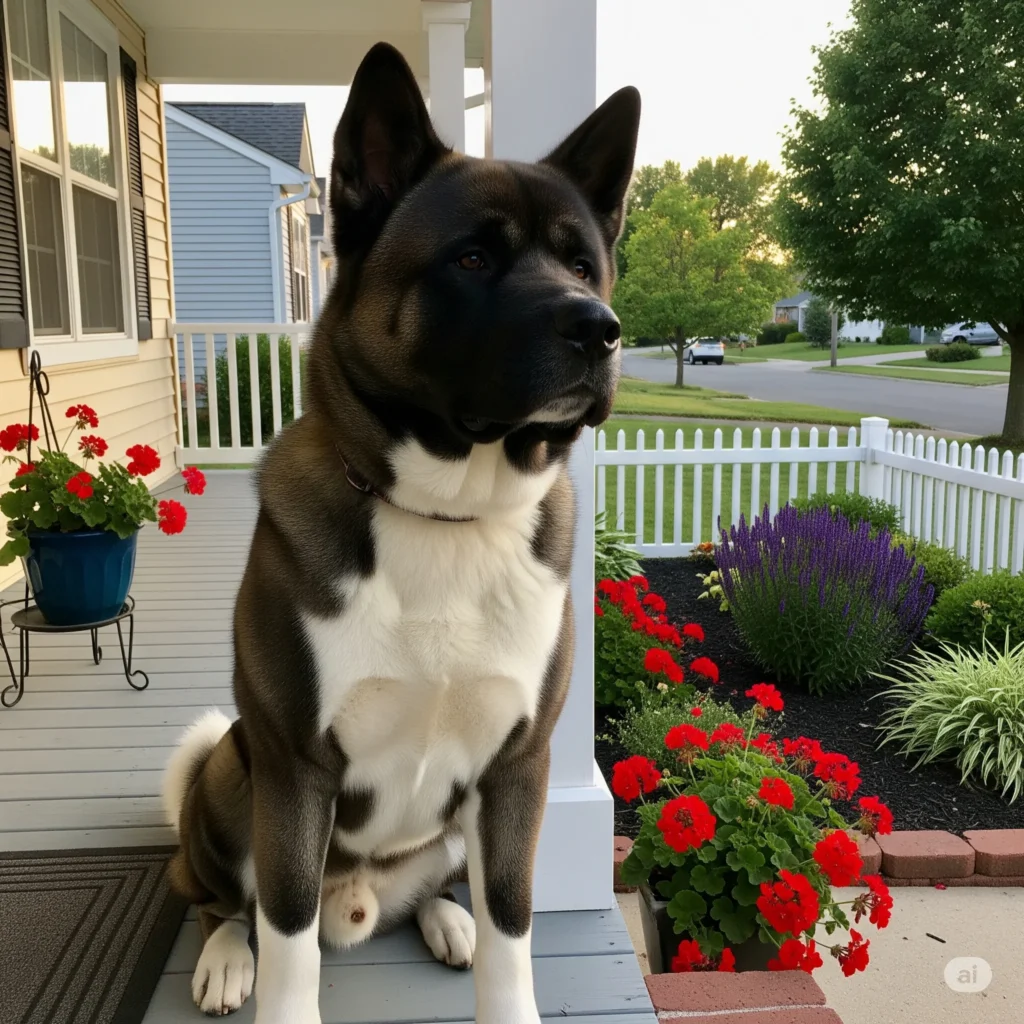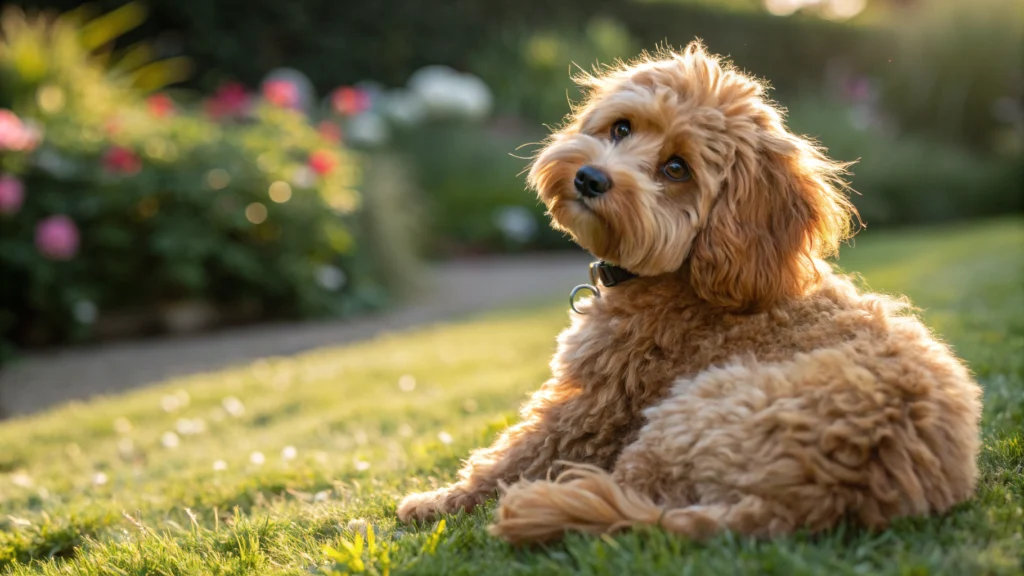
Your Ultimate Guide to the Bluetick Coonhound
Alright, picture this: you’re out in the woods, stars twinkling above, and this deep, soulful howl cuts through the night. That’s the bluetick coonhound, my friend! These dogs are like the rockstars of the hunting world, with their cool, speckled coats and a nose that could sniff out a raccoon in a haystack. They’re not just for chasing critters, though—they’ve got big hearts and can be total goofballs at home. If you’re thinking about bringing a bluetick coonhound into your life, here’s the lowdown on what makes these pups so special. Buckle up, because there’s a lot to love (and a few things to watch out for)!
bluetick coonhound History
Way back when, these dogs came from a mix of fancy French staghounds and good ol’ English foxhounds, brought over to America’s wild frontier. They were bred to hunt raccoons under the moonlight, and man, they’re good at it! Southern folks loved their knack for sniffing out trails, even in the worst weather. By 1945, bluetick fans decided they were special enough to stand apart from other coonhounds, and the United Kennel Club agreed. The American Kennel Club jumped on board in 2009. These dogs are like living history, carrying the spirit of old-school hunters with every howl.
Is a Bluetick Coonhound a good family dog?
Oh, heck yeah, they can be awesome for families—but only if you’re ready to keep up! Bluetick coonhounds are super loyal and love hanging out with their people. They’re great with older kids who can handle their energy (think epic backyard wrestling matches). But with tiny tots? Eh, they might accidentally knock ‘em over in their excitement. Get ‘em socialized early, and they’ll be your best buddy, always ready for a game of fetch or a cuddle session. Just don’t leave ‘em bored—they’ll redecorate your couch with chew marks!
Why are they called Bluetick?
Okay, so the name “bluetick” is just cool, right? It comes from their coat, which is white with tons of tiny black spots that make it look kinda blue from a distance. It’s like they’re wearing a starry night sky! The “tick” part is because those spots look like little flea bites sprinkled all over. Hunters back in the day gave ‘em this name, and it stuck. Honestly, it’s one of the coolest dog names out there—makes ‘em sound like they belong in a blues band.
Bluetick Coonhound puppy
Oh man, bluetick coonhound puppies are a handful of adorable chaos! These little furballs are always sniffing around, ready to explore every corner of your house. Start training and socializing ‘em right away—around eight weeks is perfect—to keep their wild side in check. They’re smart but can be stubborn, so keep training sessions short and fun. Feed ‘em good puppy chow to help those bones grow strong, and don’t skip vet visits. Oh, and stock up on chew toys, because teething is no joke! By six months, you’ll hear that famous howl start to kick in. It’s a wild ride, but so worth it.
bluetick coonhound colors
These dogs rock a signature look: a white coat covered in black speckles that give off a blue vibe. Sometimes you’ll see tan patches on their face or legs, which is like their version of a snazzy accessory. The classic bluetick coonhound is all about that blue-ticked pattern, but you might spot some with more black or white. Either way, their coat shines like crazy in the sun, and it’s pretty low-maintenance. Brush ‘em once a week, and they’re ready to strut their stuff!
What are the cons of a coonhound?
Alright, let’s be real—bluetick coonhounds aren’t perfect. They’ve got energy for days, so if you’re a couch potato, they’ll drive you nuts. Without enough exercise, they’ll turn your shoes into chew toys. Their loud, opera-singer howls? Not always neighbor-friendly. They love chasing anything that moves, so your cat might not be thrilled. Training can feel like herding cats sometimes because they’ve got a stubborn streak. And don’t even think about leaving ‘em alone too long—they’ll throw a tantrum that involves your favorite pillow. You need a tall fence, too, because these guys are escape artists.
Are blue ticks aggressive?
Nah, bluetick coonhounds are total softies! They’re more likely to lick a stranger to death than growl at ‘em. They’re bred to hunt, so they might get a bit intense around squirrels or other small critters, but people? They love ‘em. Get ‘em used to other dogs early, and they’ll play nice. If they’re scared or hurt, they might get snappy, but that’s rare. These dogs are all about wagging tails and friendly vibes, making ‘em great for families who put in the work.
Bluetick Coonhound size
These pups are built like athletes—strong but not bulky. Bluetick coonhounds have broad chests and sturdy legs, perfect for sprinting through the woods. They’re medium-to-large, so they fit right in whether you’re hiking or chilling at home. Guys are usually a bit bigger than gals, but either way, they’ve got this sleek, powerful look that says, “I’m ready for anything!” They’re not giant, but they’ve got enough muscle to keep up on any adventure.
Bluetick Coonhound height
Guys stand about 22 to 27 inches tall at the shoulder, while the ladies are a tad shorter at 21 to 25 inches. That height makes ‘em perfect for looking up at treed raccoons and letting out that big, booming bark. They’re not too tall to trip over, but tall enough to look impressive. It’s like they were designed to be the ultimate hunting buddy with a side of cuddly companion.
Bluetick Coonhound weight
Bluetick coonhounds aren’t lightweights—males weigh in at 55 to 80 pounds, and females are 45 to 65 pounds. All that muscle makes ‘em fast and tough on the trail. Keep an eye on their diet, though, because too many treats can stress their joints. They’re built for action, not for sitting around, so their weight is all about power and speed.
bluetick coonhound lifespan
With good care, these dogs stick around for 11 to 12 years. Keep up with vet checkups to catch stuff like hip issues early, and feed ‘em right to keep ‘em spry. Some bluetick coonhounds even live longer if they’ve got great genes and an active life. They stay playful well into their senior years, which is just the best. Love ‘em well, and you’ll have a buddy for a solid decade-plus.
Can coonhounds be left alone?
Eh, not for too long. Bluetick coonhounds are total people dogs, and leaving ‘em alone for hours can lead to some serious drama—like chewed-up furniture or a howling concert for the neighbors. Crate training helps for short stints, and toys can keep ‘em busy. They’re happiest when someone’s around, so if you work from home, you’re their dream human. Ease ‘em into alone time slowly, or they’ll let you know they’re not cool with it.
Can a bluetick hound be a house dog?
Totally! Bluetick coonhounds can be awesome house dogs if you tire ‘em out first. Give ‘em a good run or hike, and they’ll crash on the couch like a furry blanket. They love being part of the family and will guard your house with a wagging tail. Just teach ‘em not to track mud everywhere, and make sure you’ve got a park nearby if you’re in the city. With enough exercise, they’re chill indoors and make your place feel like home.
At what age do Coonhounds calm down?
These guys are like toddlers on energy drinks until about two or three years old. By four, they start to chill out a bit, and some don’t fully mellow until five. Even then, bluetick coonhounds keep a playful spark forever. Training and lots of exercise help ‘em settle down sooner. It’s like they go from hyper puppy to cool, laid-back adult—but they’ll always be up for a game.
What are the behavior issues with Coonhounds?
Bluetick coonhounds can be a bit stubborn, which makes training a test of your patience. They’ll chase anything that moves, so good luck calling ‘em back if they spot a rabbit. Their howling can get out of hand—think of it as their karaoke obsession. Left alone too long, they might chew up your stuff or get clingy. Some get protective over their food or toys, and they’re pros at escaping yards. Keep ‘em busy and socialized, and you’ll dodge most of these quirks.
What is the easiest coonhound to train?
Word on the street is that Redbone Coonhounds are the easiest to train—they’re like the teacher’s pet of the coonhound world. They love pleasing you and pick up commands fast. Black and Tans are pretty good too. Bluetick coonhounds? They’re smart but can be a bit “I do what I want” at times. Stick with treats and patience, and any coonhound will come around eventually.
Do blue tick hounds shed a lot?
Yup, they shed, but it’s not like you’ll be swimming in fur. Bluetick coonhounds drop a moderate amount of hair, with bigger sheds in spring and fall. A quick brush once a week keeps the fur tumbleweeds under control. They’re not hypoallergenic, so don’t expect miracles if you’ve got allergies. A bath now and then helps, but honestly, their short coat is pretty easy to manage.
How much does a Bluetick dog cost?
Bluetick coonhound puppies usually run between $300 and $1,200, depending on how fancy their family tree is. Top-notch breeders might charge more for healthy, well-bred pups. Adopting one from a rescue? You’re looking at about $300, which often covers shots and stuff. Don’t forget food, vet bills, and toys add up over time. But honestly, the love you get from a bluetick? Priceless.
Bluetick coonhound puppies for sale: where can i buy
Check out the AKC Marketplace for legit breeders—places like Evenstar Hounds or Bradley Coonhound have solid reps for healthy, registered pups. If you’re into adopting, Petfinder’s got rescue options. Skip the sketchy puppy mills; always visit the breeder’s setup to make sure it’s legit. Local hound clubs can hook you up with trusted contacts too. Do your homework, and you’ll find a bluetick coonhound puppy to steal your heart.
you may like it







